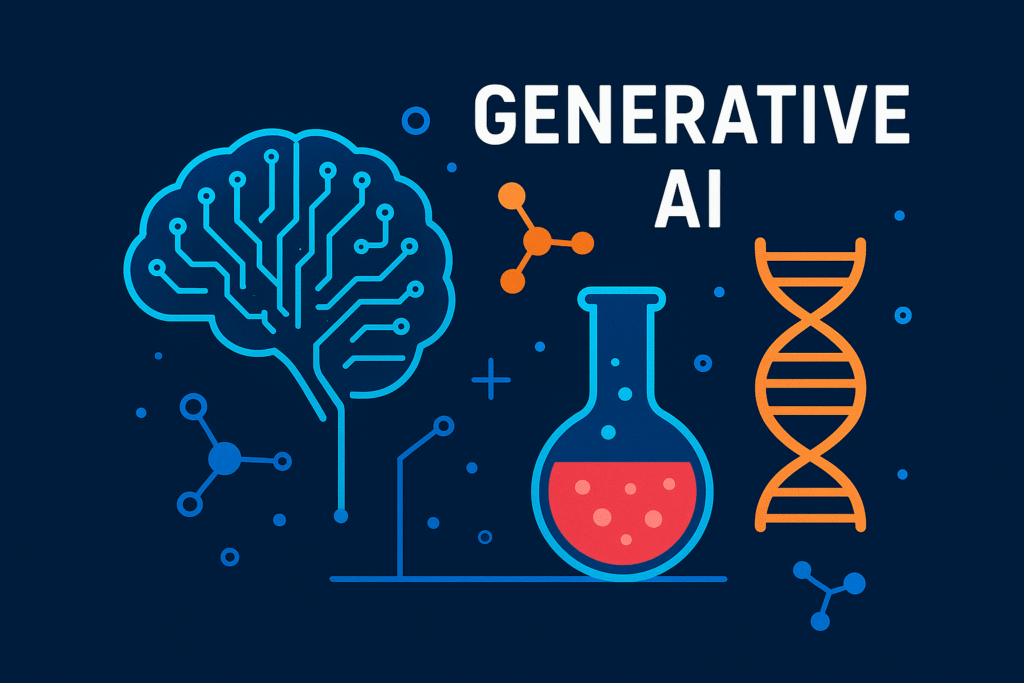Analistic Tools: The Ultimate Guide to Modern Data Insights
In today’s digital world, analistic tools have become an essential asset for businesses, researchers, marketers, and decision-makers. Whether you are managing a startup, running a marketing campaign, or analyzing customer behavior, the right analistic tools can transform raw information into actionable insights. They help organizations understand trends, measure performance, and predict future outcomes with precision.
What Are Analistic Tools?
Analistic tools are software or platforms designed to collect, process, and interpret data in a way that makes it easier to make informed decisions. These tools can range from simple spreadsheet programs to advanced AI-powered analytics systems. They can track website performance, monitor social media engagement, analyze sales patterns, and much more.
The beauty of analistic tools lies in their ability to process massive amounts of data quickly and present it in a visual, easy-to-understand format. This not only saves time but also ensures that decisions are backed by accurate and up-to-date information.
Importance of Analistic Tools in the Digital Age
We live in an era where data is considered the new oil. However, just having data is not enough — you need analistic tools to refine that data into valuable insights. Here’s why they are so important:
- Data-Driven Decisions – Instead of relying on guesswork, you can make informed choices.
- Trend Identification – Spot emerging patterns before your competitors do.
- Performance Tracking – Measure the success of campaigns or strategies in real-time.
- Cost Optimization – Identify areas where resources are being wasted.
Businesses that use analistic tools effectively are often more competitive, agile, and customer-focused.
Types of Analistic Tools
There is no one-size-fits-all solution. The type of analistic tools you choose will depend on your goals, industry, and data sources. Common categories include:
- Web Analytics Tools – For tracking website traffic, user behavior, and conversion rates (e.g., Google Analytics).
- Social Media Analytics Tools – For measuring engagement, reach, and audience sentiment.
- Business Intelligence (BI) Tools – For combining data from multiple sources and visualizing it (e.g., Power BI, Tableau).
- Predictive Analytics Tools – For forecasting future trends using AI and machine learning.
- Marketing Analytics Tools – For measuring the performance of advertising campaigns across platforms.
Choosing the Right Analistic Tools
When selecting analistic tools, consider the following factors:
- Purpose and Goals – What do you want to measure or achieve?
- Ease of Use – Is the interface user-friendly, or will it require specialized training?
- Integration Capabilities – Can it connect with your existing systems?
- Scalability – Will it handle growing amounts of data as your business expands?
- Cost – Does it fit your budget without sacrificing features?
The best analistic tools not only meet your current needs but also adapt to your future requirements.
How to Get the Most Out of Analistic Tools
To truly benefit from analistic tools, you need more than just software — you need a strategy. Follow these steps for maximum impact:
- Define Clear KPIs – Decide what success looks like before collecting data.
- Ensure Data Quality – Garbage in, garbage out. Make sure your data sources are reliable.
- Train Your Team – Give users the skills to interpret and act on the data.
- Automate Reports – Save time by scheduling automatic updates.
- Review and Adjust – Use the insights to make changes and track their results over time.
Future of Analistic Tools
As technology advances, analistic tools are becoming more powerful and intelligent. AI and machine learning are enabling tools to not only analyze past performance but also predict future behavior. Cloud-based analytics platforms are making it easier for teams to collaborate from anywhere in the world.
In the near future, we can expect analistic tools to become even more integrated with everyday business processes, providing real-time insights and recommendations. This will empower businesses to adapt instantly to changing market conditions and customer preferences.
Conclusion
In summary, analistic tools are no longer optional — they are a necessity for anyone who wants to make smarter, faster, and more accurate decisions. From understanding your audience to optimizing your operations, these tools provide the clarity and confidence needed to succeed in today’s data-driven world.
If you haven’t already started using analistic tools, now is the time. The competitive edge they offer can be the difference between leading the market and struggling to keep up.




